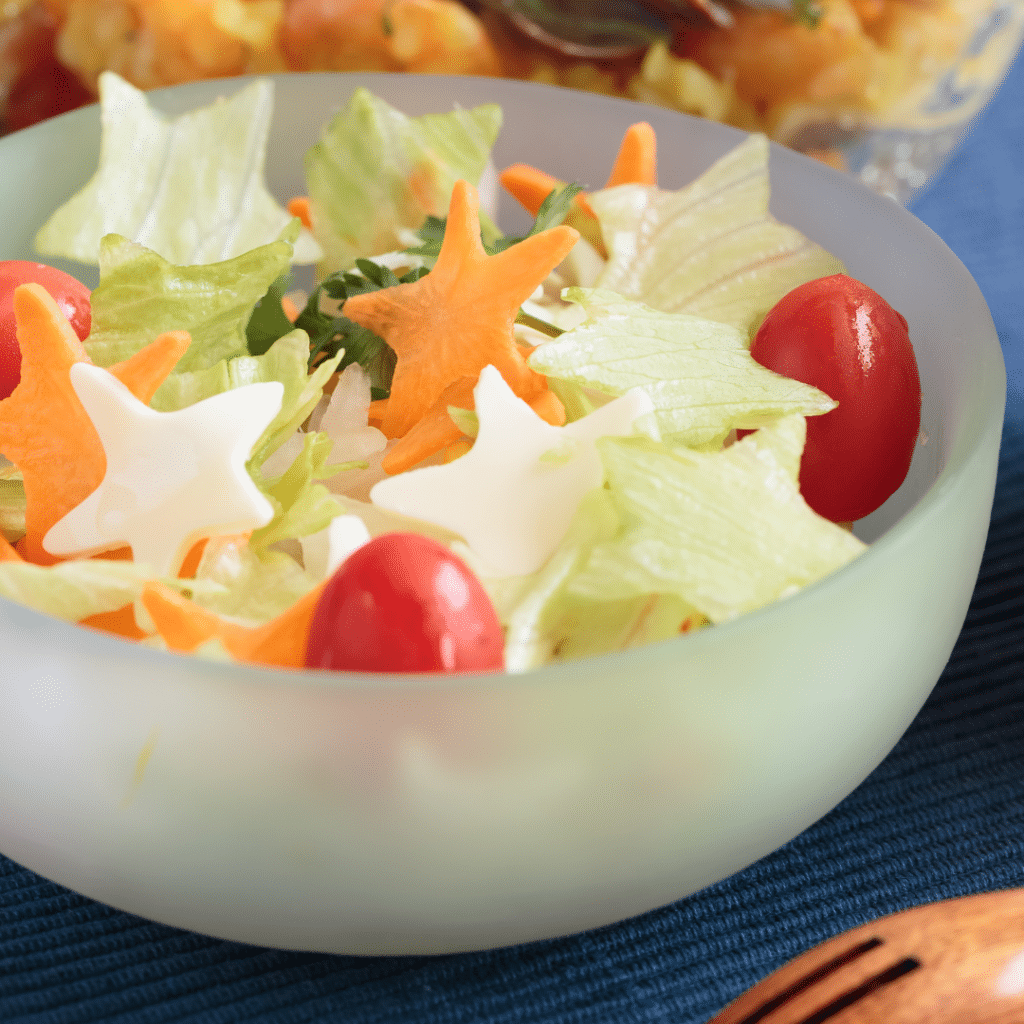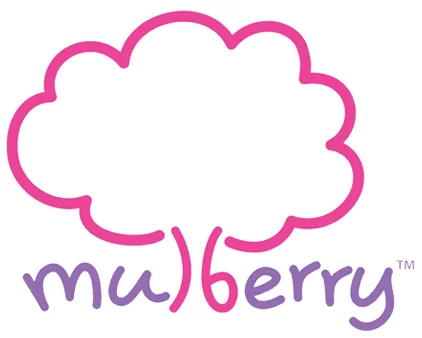5 Ways to Incorporate Vegetables into Your Child’s Diet
5 Ways to Incorporate Vegetables into Your Child’s Diet
Establishing healthy eating habits early on is crucial for your child’s development. One of the best ways to promote a lifetime of nutritious eating is by incorporating a variety of vegetables into their diet. This article provides practical tips and recommended recipes to help parents incorporate vegetables into their child’s meals.
By following these suggestions, you can create positive mealtime experiences and ensure preschoolers enjoy a range of nutritious foods for kids. Let’s explore five creative methods to promote healthy eating habits for infants and preschoolers.

1. Make Vegetables Fun
Children are more likely to eat vegetables if they find them visually appealing and fun. Transforming vegetables into playful shapes or characters can make them more enticing. For instance, use cookie cutters to shape vegetables into stars, hearts, or animals.
Recipe 1: Shaped Veggies on Wholegrain Toast
– Ingredients: Whole grain bread, cherry tomatoes, cucumber slices, lettuce, shaped carrots and cheese spread.
– Instructions: Slather cheese spread all over the toast, then place fun-shaped veggies on top of it.
Recipe 2: Carrot and Cucumber Sticks with Yoghurt Dip
– Ingredients: Carrots, cucumbers, plain yoghurt, lemon juice, fresh herbs (like dill or parsley).
– Instructions: Cut the carrots and cucumbers into sticks. Mix the yoghurt with lemon juice and herbs to make a dip.
By making vegetables fun, you can turn mealtime into an enjoyable experience, helping to instil healthy eating habits in young children. These playful approaches are great for following healthy preschool nutrition tips.

2. Sneak Vegetables into Favourite Dishes
If your child is a picky eater, sneaking vegetables into their favourite dishes is an effective strategy. Blending vegetables into sauces, soups, and smoothies can be an easy way to increase their intake without them even noticing. Grated or finely chopped vegetables can be added to familiar dishes like pasta, meatballs or burgers.
Recipe 1: Hidden Veggie Pasta Sauce
– Ingredients: Tomatoes, carrots, broccoli, spinach, zucchini, onion, garlic.
– Instructions: Sauté onion and garlic, add chopped vegetables, and cook until soft. Blend the mixture until smooth and mix with pasta.
Recipe 2: Veggie-Loaded Meatballs
– Ingredients: Ground chicken or beef, grated carrots, finely chopped spinach, breadcrumbs, egg.
– Instructions: Mix all ingredients together, form into meatballs, and bake until cooked through.
This method ensures your child consumes nutritious foods without making mealtime a battleground. It’s an excellent way to incorporate vegetables into their diet subtly, aligning with preschool nutrition tips.

3. Offer a Variety of Vegetables
Introducing a variety of vegetables regularly helps expand your child’s palate and encourages them to try new things. Present vegetables in different forms, such as raw, cooked, or mashed, to see which they prefer. Including a rainbow of colours not only makes the plate more appealing but also provides a range of nutrients.
Recipe 1: Rainbow Veggie Platter with Hummus
– Ingredients: Carrot sticks, cucumber slices, cherry tomatoes, bell pepper strips, broccoli florets, hummus.
– Instructions: Arrange the vegetables in a colourful platter and serve with hummus for dipping.
Recipe 2: Puree from Boiled or Steamed Veggies
– Ingredients: Broccoli, cauliflower, snap peas, tomatoes, carrots.
– Instructions: Boil or steam the vegetables until cooked, then transfer them to a blender or food processor. Add a small amount of water or broth to help achieve a smooth consistency. Blend until you reach the desired texture. Serve the puree with a light sprinkle of salt or a dash of soy sauce, if desired.
Offering a variety of vegetables and encouraging exploration can foster healthy eating habits for infants and preschool-aged children. This approach promotes nutritious foods for kids and aligns with essential preschool nutrition tips.

4. Include Vegetables Inside Fruit Smoothies
Combining fruits with vegetables in smoothies is an excellent way to introduce your child to new flavours while ensuring they get their daily servings of vegetables. The sweetness of the fruits can mask the taste of the vegetables, making it more palatable for children. This method is particularly useful for picky eaters.
Recipe 1: Cucumber, Apple, and Spinach Smoothie
– Ingredients: 1 cucumber (sliced), 1 apple (cored and chopped), a handful of spinach, 1 cup of water or coconut water.
– Instructions: Blend all ingredients until smooth. Serve chilled.
Recipe 2: Carrot, Tomato, and Orange Smoothie
– Ingredients: 2 carrots (peeled and chopped), 1 tomato (chopped), 1 orange (peeled), 1 cup of orange juice, and a few ice cubes.
– Instructions: Blend all ingredients until smooth. Serve immediately.
These smoothies are not only nutritious but also delicious, helping to promote healthy eating habits for infants and preschool-aged children. They are an easy way to incorporate nutritious foods for kids, following preschool nutrition tips.

5. Involve Kids in Cooking
Allowing children to participate in the cooking process is a fantastic way to make them more enthusiastic about eating vegetables. By engaging them in tasks such as washing, prepping ingredients, or stir-frying, you can help them develop a sense of ownership and excitement about the meals they help prepare.
This hands-on involvement can transform mealtime into a fun and educational activity, making children more likely to try and enjoy new foods.
Recipe 1: Veggie Pizza Toppings
– Ingredients: Pre-made pizza base, tomato sauce, 1 cup of grated cheese, and a selection of vegetables (e.g., bell peppers, mushrooms, cherry tomatoes).
– Instructions: Let your child spread the tomato sauce over the pizza base. Allow them to sprinkle the cheese and arrange the vegetables on top in patterns. Bake then serve the pizza, and encourage your child to admire and taste their work.
Recipe 2: Veggie-Stirred Rice
– Ingredients: 1 cup of rice, 1 cup of mixed vegetables (e.g., carrots, peas, corn), 1 tablespoon of olive oil and a pinch of salt.
– Instructions: While waiting for the rice to cook, allow your child to help with the washing of the vegetables. Teach them about the different types of vegetables and let them feel the textures of each individual vegetable.
Involving children in cooking encourages them to explore and enjoy nutritious foods, reinforcing healthy eating habits for infants and preschoolers. This method supports the goal of promoting nutritious foods for kids and adheres to preschool nutrition tips.
Additional Resources
For more healthy recipes and ideas, consider exploring kid-friendly cooking classes or websites that offer creative ways to incorporate vegetables into meals. Some great online resources include the Healthy Meals in Preschools Programme. This initiative provides guidelines for preschools to serve nutritious foods for kids, focusing on whole grains, fruits, and vegetables. By using such resources, you can find more preschool nutrition tips and discover new ways to promote healthy eating habits for your child.

Conclusion
Incorporating vegetables into your child’s diet doesn’t have to be a challenge. By making vegetables fun, sneaking them into favourite dishes, offering a variety of options, creating enjoyable mealtime experiences, and being a positive role model, you can help your child develop healthy eating habits for infants and preschool-aged children. These strategies not only ensure your child consumes a range of nutritious foods but also create positive associations with healthy eating.
Remember to be patient and persistent. It may take several tries before your child accepts a new vegetable. Keep offering different vegetables and try various preparation methods. Over time, your child will likely become more open to trying and enjoying a variety of vegetables.
Mulberry School Tour
Our Locations
Click here to visit our Contact Us page and view the preschool/infant care centres conveniently located near you.
CONNECT WITH US
USEFUL LINKS
About Us
Mulberry Learning prides itself on making the preschool experience both memorable and enjoyable while transforming a child into a competent explorer, an imaginative thinker, and a creative problem solver. Through our proprietary award-winning curriculum, unique Habits of Mind programme and dedicated staff who are passionate about imparting positive attitudes, Mulberry Learning holds strong in its promise to deliver a holistic education that nurtures the Future Ready Child.
A PREMIUM PRESCHOOL BRAND UNDER GLOBAL EDUHUB


